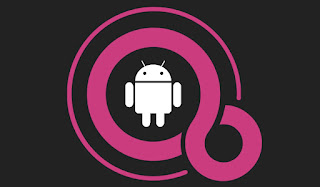Fuchsia is still Google's plan B, and the project is moving forward thanks to a new component called Starnix
Google is not convinced that Android is based on the Linux kernel. That raises dependencies and above all the impossibility of being mistress of their own mobile platform, and Mountain View has been preparing their plan B to get rid of Linux for a long time .
 |
| Fuchsia is still Google's plan B |
That plan B is called Fuchsia, the operating system that we have already seen debut in the Nest Hub and from which something interesting has now been discovered: the project has taken a new path: one that is especially promising for Google, and that is based on a component very special called Starnix .
A new way to support Android (and Linux) apps
The development of Fuchsia has been taking place for nearly five years in a very discreet background. There is hardly any news about this platform that is considered as a great substitute for Android .
Google has rarely shared information about the project, but little by little it became clearer that despite the secrecy Fuchsia could be one of Google’s great revolutions .
One of the most important obstacles to end up replacing Android with Fuchsia is in offering support for Android applications and also for Linux applications .
At Google they had explored several alternatives that, for example, were based on the use of virtualization —it is the way in which Chrome OS, for example, supports Android apps— or creating an execution layer with an ‘Android Runtime’ designed for devices based on Fuchsia.
This last option was discovered in 2018 and seemed like the strongest option to offer such support, but now that code has been completely removed from the Android Open Source Project (AOSP), making it clear that option is out.
The witness has been picked up by a new component called Starnix that was proposed in March 2021 as a way to run “unmodified Linux programs” directly on Fuchsia.
Starnix takes care of translating the low-level instructions expected by the Linux kernel to those expected by Fuchsia’s Zircon microkernel . It seems that since work on this project began a year ago, progress has been remarkable, and remarkable milestones have been achieved.
For example, a test shell was created last summer which was a small Android distribution included in the Fuchsia system, and that option was later superseded by the ability to access Fuchsia features and Starnix via the adb command , as would be done when connecting Android devices with USB debugging mode enabled.
It therefore seems that the work is progressing and that Fuchsia is preparing to offer native support for Android and Linux applications, but without depending on the kernel of the latter operating system. That’s where Starnix seems to have a starring role , and it will be interesting to see how far this new path takes us. For now, yes, it’s still time to be patient.


